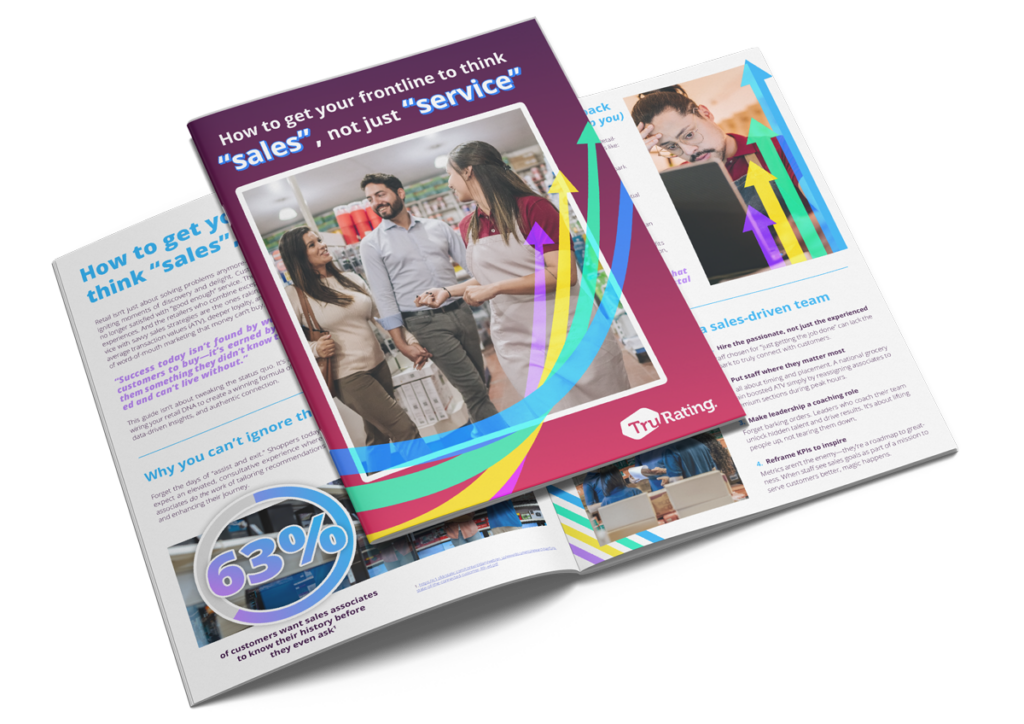It’s all over the news about Amazon and fake reviews and yet—is it really news? Amazon does its best to tackle the fake review problem but are any of us truly shocked to find that they’re still being gamed?
In a world where “fake news!” has become a common battle cry, what is perhaps surprising is that increasing numbers of consumers rely on reviews to make a purchasing decision, particularly when buying online.
Indeed, 97% of online shoppers say they are influenced by reviews, and it’s been found that 85% of people rely on reviews as much as they do personal recommendations from friends and family. A more recent study found that product reviews are the most important factor influencing purchase (88%), over brand name (71%), social influencers (10%) and celebrity endorsements (5%).
The evidence is clear—if you’re selling something, whether online or off (56 percent of consumers read reviews on their mobile devices while browsing in-store), you need reviews to help convince your customers that they’re making the right decision before they pull out their wallets.
So how do businesses protect themselves—and their customers—against the pitfalls of fake reviews?
Make it really, really easy
When it’s quick and painless for customers to rate, most of them will! Estimates of the proportion of consumers willing to leave reviews vary, and Amazon are understandably playing their cards close to their chest, but recent research suggests it’s between 3-10%.
However, by asking one quick question at the point of payment and answering with a push of a button, we’ve found that up to 90% of customers are happy to leave feedback.
With such a massive volume of validated customer ratings, even if someone did try to game the system with fake ones, they would have little to no impact. After all, if the manufacturers could afford to pay 90% of purchasers for fake reviews, they probably wouldn’t need to.
Keep it anonymous
People are more likely to leave honest feedback, and trust that feedback from others is honest, when it’s completely anonymous. This anonymity would put a further roadblock in the path to cheating businesses paying for false positives. And perhaps just as importantly, it prevents over-eager restaurant managers pursuing customers who left a negative review.
Don’t sweat the small stuff
Or in other words, don’t fret too much about the odd negative review. Think more about the sheer number you get.
Some recent and very fascinating findings indicate that shoppers pay far more attention to the volume of reviews than they do to the number of negative ones. Out of two products with the same score, shoppers will tend to opt for the one with the most ratings, even though the statistics mean there’s more chance the poor ratings are accurate. In fact, products with only perfect ratings are mistrusted as too good to be true—having a few lower ratings in there appears to be more convincing.
Remember, the main objective is to get honest feedback from genuine customers. That means that the occasional issue is bound to arise, as no business is perfect—not even Amazon! As a business, be prepared to listen to and act on what your customers are telling you—and that might mean occasionally hearing unpleasant truths.
The good news
Businesses that follow this advice have found it easier to make their customers happier, increase loyalty, retention, and ultimately, spend.
And they don’t have to worry about fake reviews.
Jill Bentley












